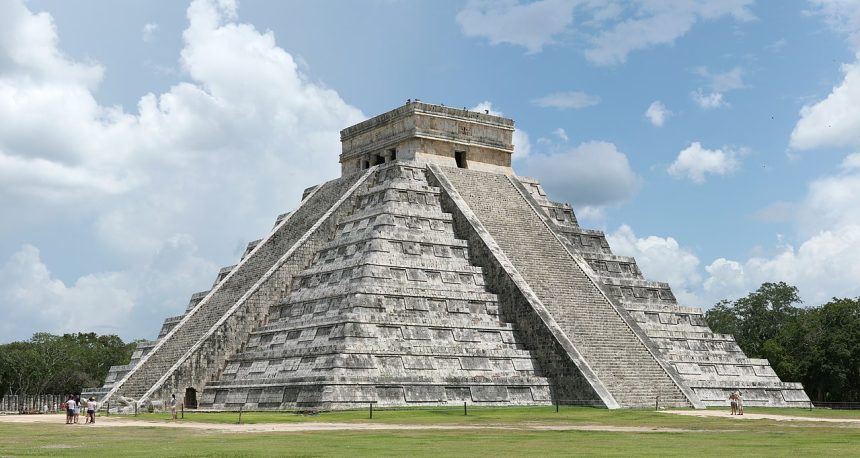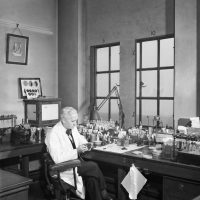The construction of an airport runway near the historic city of Chichen Itza, Mexico, in 1967, led to a surprising discovery: two chambers connected to the pyramids contained bones of more than 100 children, likely sacrificed in religious rituals. These remains have now been the subject of studies using cutting-edge microscopy technologies. The analyses revealed clues about the identity of these sacrificed children and the reasons for their deaths.
In an article published in the journal Nature, Mexican, European, and American researchers collected DNA data from 64 children and showed that the vast majority were male. Their dentition suggests they were between 3 and 4 years old. It was also possible to conclude that about a quarter of the children were related to each other. The samples even revealed that there were identical twins buried side by side.
Sacrifice for Corn?
At the time of the chambers’ discovery, there weren’t advanced genetic analysis techniques sufficient to provide this information, given the state of preservation of the bones. The bones were in a small space of only 3 square meters, and many were deteriorated by time, as well as showing cracks due to internal collapses. The fact that they were children made the identification process even more difficult, as biological sex only becomes evident in skeletal markers during puberty.
Years later, scientists were able to collect and analyze genetic material from a specific part of the skulls, called the petrosa, known to accumulate DNA. This way, it was possible to refute an old hypothesis that the skeletons belonged to girls, as well as determine the degrees of kinship among the sacrificed. According to the researchers, the pattern found can be linked to an important Mayan cultural myth.
“Very few things in archaeology have such a clear pattern. The selection of close relatives and twins pointed to the Hero Twins,” said Christina Warinner, co-author of the article and paleogeneticist at Harvard University, to Science magazine. The tale of the Hero Twins, linked to agriculture, narrates the story of brothers Hunahpu and Xbalanque, who travel to the underworld, where they are sacrificed and resurrected repeatedly, returning to life in the spring as corn stalks.
This possible association provides clues that help explain the sacrifice rituals. This information is supported by the discovery that the children maintained similar diets throughout their short lives. This suggests that they were raised in the same families—or even prepared specifically for sacrifice.
Although the motivations cannot be stated with certainty, the authors highlight that such practices were common in Mayan culture. According to traditions and ceremonies described in the book of Popol Vuh, a documentary record produced in the 16th century itself, human sacrifice may have been considered a privilege or even an honor, being an essential part of maintaining the balance of the cosmos in the Mayan view.
Impact of Colonization
The study was constructed with the help of a genetic database from an indigenous Mayan community in the city of Tixcacaltuyub, which had already donated DNA for research on metabolism and diabetes. By comparing samples from the two groups, scientists found a genetic proximity more than a thousand years apart, thus tracing similarities and differences.
The few disparities found brought a new insight into the impact of Spanish colonization, which began in 1511 in the region. The current inhabitants of Tixcacaltuyub possess genes that confer resistance to Salmonella bacteria, while the bones of the sacrificed boys do not. The difference may indicate that Europeans likely introduced Salmonella, which may have stimulated the evolution of resistance among those who survived.
“For the people who live in this area, it’s very valuable to know and be sure of their roots,” says Ermila Moo Mezeta, an indigenous Mayan researcher and co-author of the study, to Science. “The reward is powerful, reaffirming and giving a name to how we are connected to the past.”




